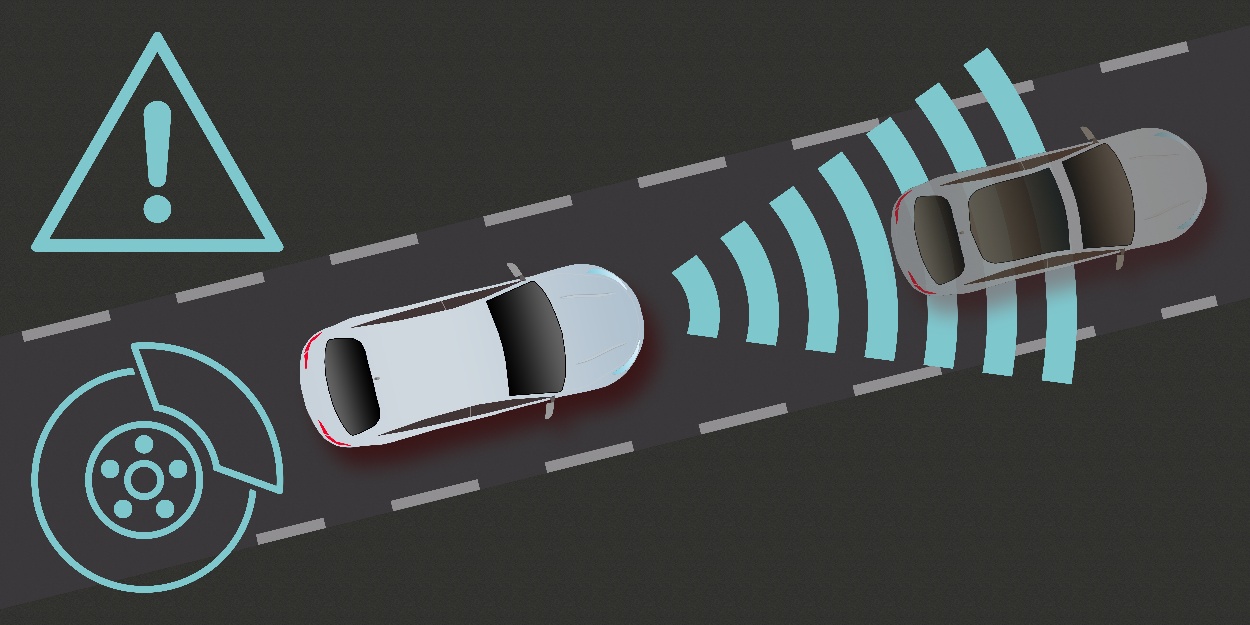
At Wilmar, Inc., we understand that managing a fleet of vehicles is no small feat. You need to ensure that your vehicles are safe, reliable, and efficient to keep your business running smoothly.
One of the best ways to ensure the safety of your fleet is to invest in a forward collision warning system. In this guide, we'll discuss what forward collision warning systems are, how they work, and how they can help to keep your fleet safe.
What Is a Forward Collision Warning System?
Forward collision warning is a driver assistance feature that uses sensors to detect when a vehicle is getting too close to the vehicle in front of it. This system uses sensors and cameras to detect when a vehicle is in danger of colliding with another vehicle or object.
When it detects a potential collision, it will alert the driver with an audible warning and/or a visual alert. This warning allows the driver to take corrective action and avoid a potential collision.
FCW systems also use predictive modeling to anticipate potential collisions. This predictive modeling allows the system to predict when a collision is likely to occur and gives the driver time to take corrective action. One of the most common types of Forward Collision Warning System is Advanced Driver Assistance (ADAS)
Advanced Driver Assistance System
Advanced Driver Assistance Systems (ADAS) is a suite of advanced safety features designed to help drivers stay safe on the road. ADAS technologies use sensors to detect potential hazards and alert drivers of potential collisions, lane changes, and other dangerous situations.
This technology has been praised by safety advocates for its ability to reduce the number of accidents, injuries, and fatalities caused by driver error. ADAS features can include:
- Lane departure warnings
- Blind-spot monitoring
- Automated emergency braking
- Adaptive cruise control
By providing drivers with an extra layer of protection, ADAS technologies can help keep them safe and make the roads safer for everyone.
How Does a Forward Collision Warning System Work?
Forward collision warning systems use a variety of sensors, including radar, cameras, and lasers, to detect potential collisions. These sensors are mounted on the front of the vehicle and detect objects in the vehicle's path.
When the sensors detect an obstacle, the system will alert the driver with an audible warning and/or a visual alert. The system may also apply the brakes or reduce the vehicle's speed to help avoid a collision.
How Can a Forward Collision Warning System Help Keep Your Fleet Safe?
The primary benefit of investing in a forward collision warning system is that it can help to keep your fleet safe. These systems can help reduce the risk of accidents by alerting drivers to potential dangers and giving them enough time to react.
In addition, these systems can also help to reduce the cost of repairs and insurance premiums. By reducing the risk of accidents, you can save money on costly repairs and insurance premiums.
Finally, forward collision warning systems can also help to reduce driver fatigue. By alerting drivers to potential dangers and providing them with enough time to react, these systems can help to reduce the stress and fatigue of driving.
Conclusion
Forward collision warning systems are a great way to keep your fleet safe. These systems use sensors and cameras to detect potential collisions and alert drivers in time to react. In addition, these systems can also help reduce the cost of repairs and insurance premiums and reduce driver fatigue.
At Wilmar, Inc., we understand that managing a fleet can be daunting. That's why we specialize in providing customized fleet solutions that fit the specific needs of our clients. Contact us today to learn more about how we can help you keep your fleet safe and efficient.








